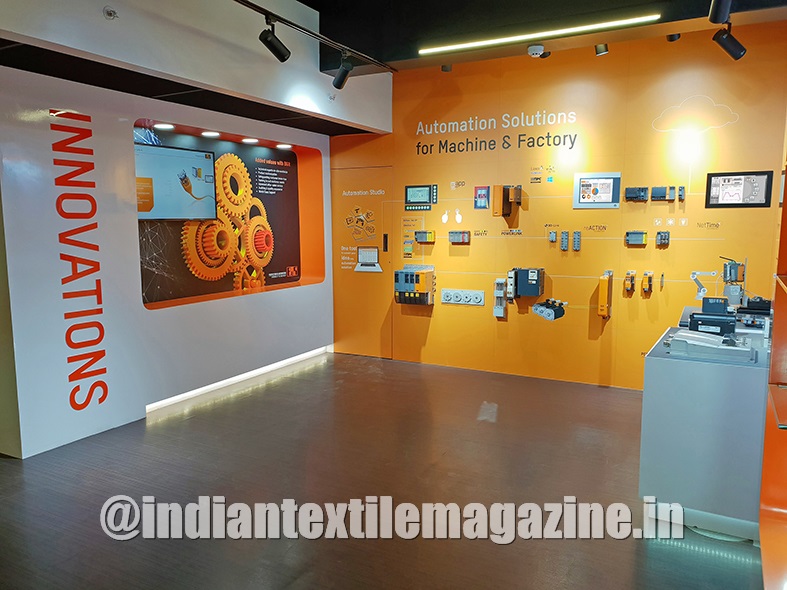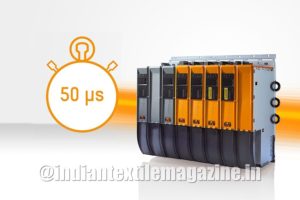B&R Industrial Automation has expanded its Indian headquarters at Pune. The new office is fully operational with unique architecture and efficient office automation. Inaugurating the facility, Managing Director of B&R India, Mr. Jhankar Dutta, addressed employees saying, “We are proud to expand our Pune office to accommodate the rapid growth in Indian market. With our new and hi-tech working infrastructure, we continue to remain extremely competitive and are confident about sustained growth. We are perfectly placed and equipped to further support our customers in increasingly important automation market.” He thanked customers, partners and employees for their trust and support to B&R India.
The corporate headquarters of B&R Industrial Automation in Pune also houses a demo room and a next generation customer experience centre, highlighting latest B&R hardware and technology. The futuristic design of B&R’s Pune infrastructure meets the needs of modern working environment outfitting innovative technologies and providing employees with working comfort. The fully automated infrastructure has connected all the functional elements and utilities to deliver a truly connected experience for employees and customers, at the same time optimizing and reducing resource utilization. The infrastructure includes thoughtful use of daylight, thus, reducing ecological footprint. In addition, the automated lights and air-conditioning ensures automatic turn off with no human presence assuring further reduction of carbon footprint and a greener tomorrow.
B&R servo drive controls highly dynamic processes with greater precision
With the latest upgrade to its ACOPOSmulti multi-axis servo drive, B&R now enables even shorter cycle times down to 50 µs. Highly dynamic processes can now be controlled more precisely than ever.
For demanding motion control applications, such as those found in the printing and packaging industries, movements must be controlled very quickly and precisely. The ACOPOSmulti’s short cycle time of 50 µs for current, speed and position control opens up new possibilities for virtual sensor technology.
Lag error compensation
Using a virtual motor position encoder eliminates the need for an encoder, encoder cable and evaluation unit in the servo drive and at the same time increases availability. Other special functions for more precise control and faster reactions can be implemented using virtual sensor technology. These include model-based control with autotuning and a repetitive control function for predictive lag error compensation.

